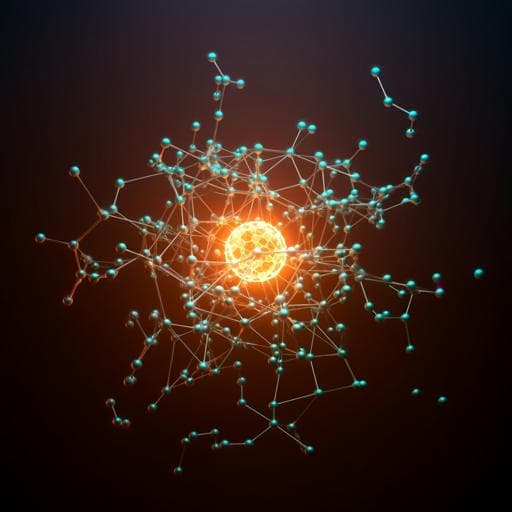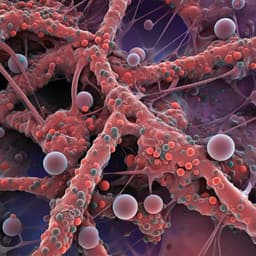
Medicine and Health
CovidCTNet: an open-source deep learning approach to diagnose covid-19 using small cohort of CT images
T. Javaheri, M. Homayounfar, et al.
Enhancing the accuracy of Covid-19 diagnosis is crucial, and the introduction of CovidCTNet could be a game-changer. This innovative open-source deep learning framework has achieved an impressive 95% accuracy using CT images, surpassing the radiologists' accuracy of 70%. Researchers like Tahereh Javaheri and Morteza Homayounfar have contributed to this significant advancement in the field.
~3 min • Beginner • English
Related Publications
Explore these studies to deepen your understanding of the subject.







